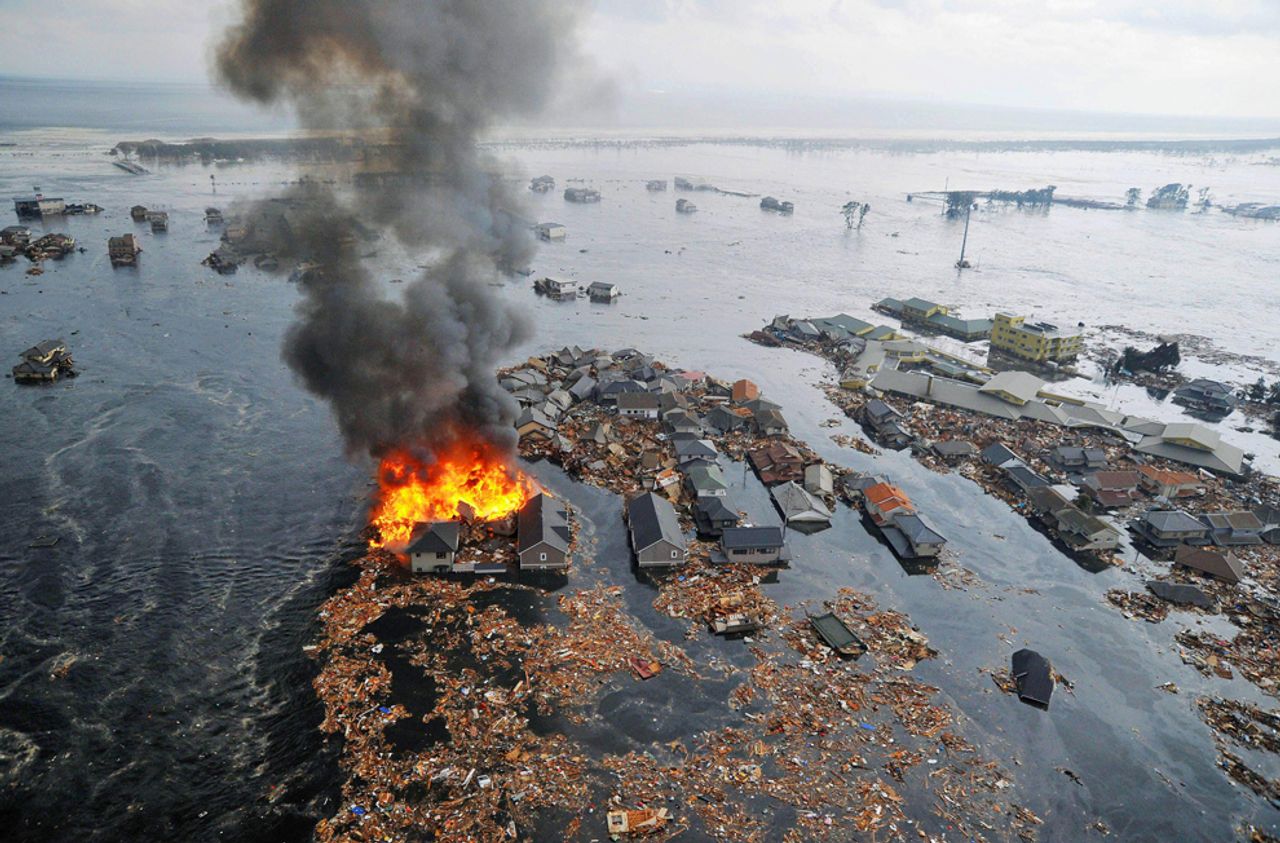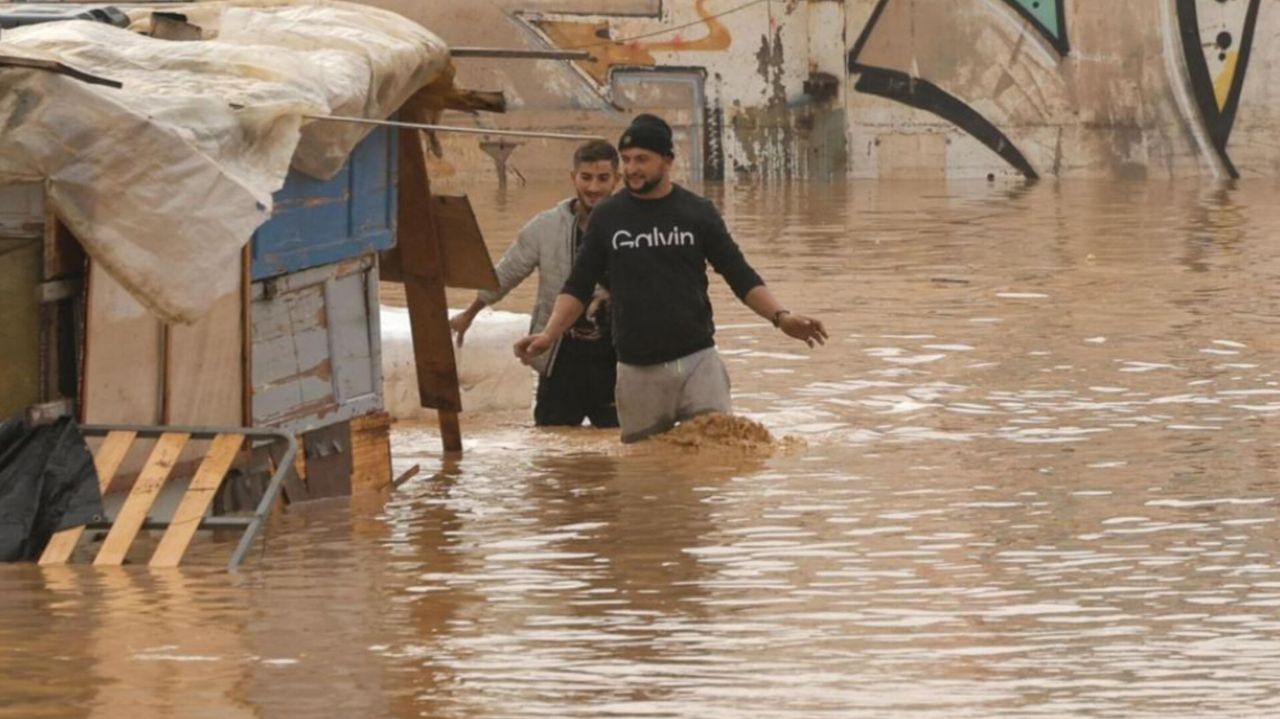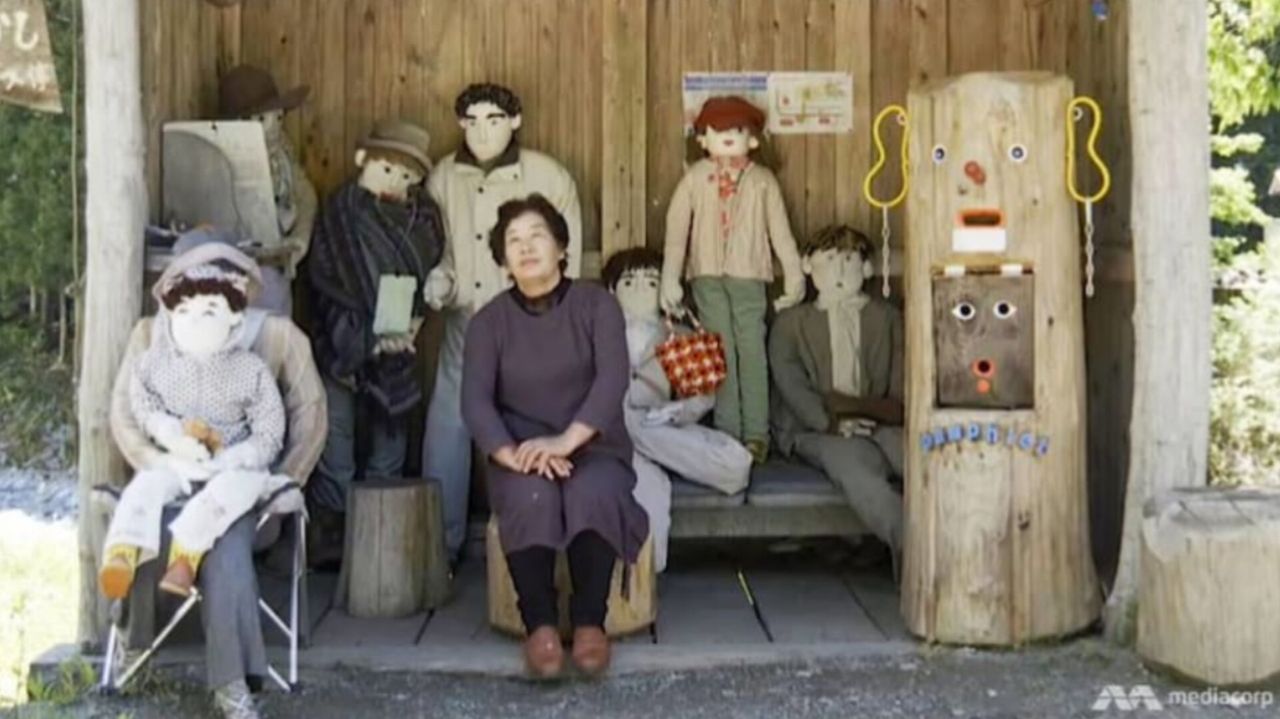Valencia: Torrential rains in Spain's east Valencia region resulted in at least 51 fatalities, according to rescuers on Wednesday, as authorities...
Vous n'êtes pas connecté
- English
- Français
- عربي
- Español
- Deutsch
- Português
- русский язык
- Català
- Italiano
- Nederlands, Vlaams
- Norsk
- فارسی
- বাংলা
- اردو
- Azərbaycan dili
- Bahasa Indonesia
- Հայերեն
- Ελληνικά
- Bosanski jezik
- українська мова
- Íslenska
- Türkmen, Түркмен
- Türkçe
- Shqip
- Eesti keel
- magyar
- Қазақ тілі
- Kalaallisut ; kalaallit oqaasii
- Lietuvių kalba
- Latviešu valoda
- македонски јазик
- Монгол
- Bahasa Melayu ; بهاس ملايو
- ဗမာစာ
- Slovenščina
- тоҷикӣ ; toğikī ; تاجیکی
- ไทย
- O'zbek ; Ўзбек ; أۇزبېك
- Tiếng Việt
- ភាសាខ្មែរ
- རྫོང་ཁ
- Soomaaliga ; af Soomaali
 Maroc - POPDIARIES.COM - A La Une - 09/Aug 09:46
Maroc - POPDIARIES.COM - A La Une - 09/Aug 09:46
Japan Hit by Two Major Earthquakes; Tsunami Alerts Issued for Multiple Areas
In a dramatic turn of events, Japan has been struck by two significant earthquakes, prompting authorities to issue tsunami alerts across several regions. The dual seismic events have not only shaken the nation but also raised concerns about potential aftereffects and ongoing safety measures. The Earthquakes: A Double Jolt The first earthquake, registering a magnitude of 7.2, hit the northern part of Japan earlier today, causing substantial damage to infrastructure and leading to an immediate response from emergency services. Just hours later, a second quake, slightly less powerful at magnitude 6.9, struck a coastal region, exacerbating the situation and heightening fears of further devastation. The quakes were felt widely across the country, with reports of tremors reaching neighboring regions. The epicenters of these earthquakes were strategically positioned to impact major urban areas, leading to widespread disruptions and concerns about the safety of residents. Tsunami Alerts: A New Concern In response to the earthquakes, Japan's Meteorological Agency has issued tsunami alerts for multiple areas, including coastal regions that are vulnerable to rising sea levels. The alerts have led to immediate evacuations and heightened vigilance among local authorities. The tsunami warnings range from “advisories” to “warnings,” depending on the proximity to the earthquake epicenters and the anticipated wave heights. Coastal communities are on high alert as officials work to ensure the safety of residents and minimize potential damage. Impact on Communities and Infrastructure The impact of the earthquakes has been felt across various sectors. Buildings have sustained significant damage, particularly in areas closer to the epicenters. Infrastructure such as roads, bridges, and railways has also been affected, disrupting transportation and essential services. Power outages and disruptions in communication have further complicated rescue and relief efforts. Emergency services are working around the clock to assess the damage, provide aid, and assist in the evacuation of affected areas. Government Response and Relief Efforts The Japanese government has mobilized its resources to address the immediate needs of those impacted by the earthquakes. Prime Minister Fumio Kishida has announced a state of emergency and pledged support for affected regions. Relief teams, including military personnel, have been dispatched to assist with rescue operations and ensure the provision of emergency supplies. International aid has also begun to flow in, with several countries offering support and assistance to Japan during this critical time. The global community is rallying to provide aid and help Japan navigate the aftermath of these devastating events. Preparedness and Resilience: Lessons Learned Japan's experience with earthquakes and tsunamis has underscored the importance of preparedness and resilience. The country is known for its advanced earthquake detection systems and rigorous building codes designed to withstand seismic activity. However, today’s events remind us of the unpredictable nature of natural disasters and the need for constant vigilance and preparedness. Local authorities and residents are engaged in ongoing efforts to assess the damage, implement safety measures, and prepare for any potential aftershocks or further tsunamis. The resilience of the Japanese people and their ability to respond to such crises will be crucial in the coming days. Japan's recent experience with two major earthquakes and the ensuing tsunami alerts has been a sobering reminder of the country's vulnerability to natural disasters. The immediate focus is on addressing the immediate needs of affected communities, restoring essential services, and ensuring the safety of residents. As the situation develops, Japan’s commitment to preparedness and its robust emergency response systems will play a crucial role in managing the aftermath and rebuilding efforts. The global community stands with Japan, offering support and solidarity as the nation navigates this challenging period.
Articles similaires
Hope Braces Japan’s Puppet Village Through One Child
Hovering joyfully on his tricycle, Kuranosuke Kato stands out as the one and only child in his quaint, dwindling Japanese village populated by...
EDSG Prepares Emergency Camps To Relocate Residents In Flood Prone Areas
Edo State Government has admonished residents residing within flood prone areas in the state to relocate to the Internally Displaced Camps established...
Weather warnings: SA Weather Service issues alerts for heavy rain, gusty winds in these provinces
It looks like it's going to be a cold and wet weekend for much of the country.The South African Weather Service says another Spring cut-off low is...
Floods in Spain’s Valencia Region Kill at Least 95
About 1,000 soldiers from emergency response units deployed to the affected areas, and the death toll was expected to rise after one of the worst...
Broken Hill energy grid stabilised after storm damage
Emergency response crews installing the seventh and final tower near Broken Hill. Image: Transgrid. Transgrid has completed the installation of all...
Flood Relief: Governor Ododo drills boreholes, provides extensive aid to IDP camps
In response to the ongoing flood crisis, Kogi State Governor, Alhaji Ahmed Usman Ododo, has initiated the drilling of boreholes in Internally...
BDF Joins Efforts to Assist Flood-Stricken Villages in Orange Walk
Members of the Belize Defence Force (BDF) have been deployed to the Orange Walk District to assist residents from two communities impacted by...
Greater Napanee Fire Department launches PulsePoint Respond
The Greater Napanee Fire Department has launched PulsePoint Respond to increase community awareness of emergencies and alert CPR-trained citizens to...
Responders to Nigeria’s flood crisis are themselves affected by crisis
Flash floods throughout West and Central Africa have left more than 5 million people in need of humanitarian assistance across Cameroon, Chad,...
Les derniers communiqués
-
Aucun élément







